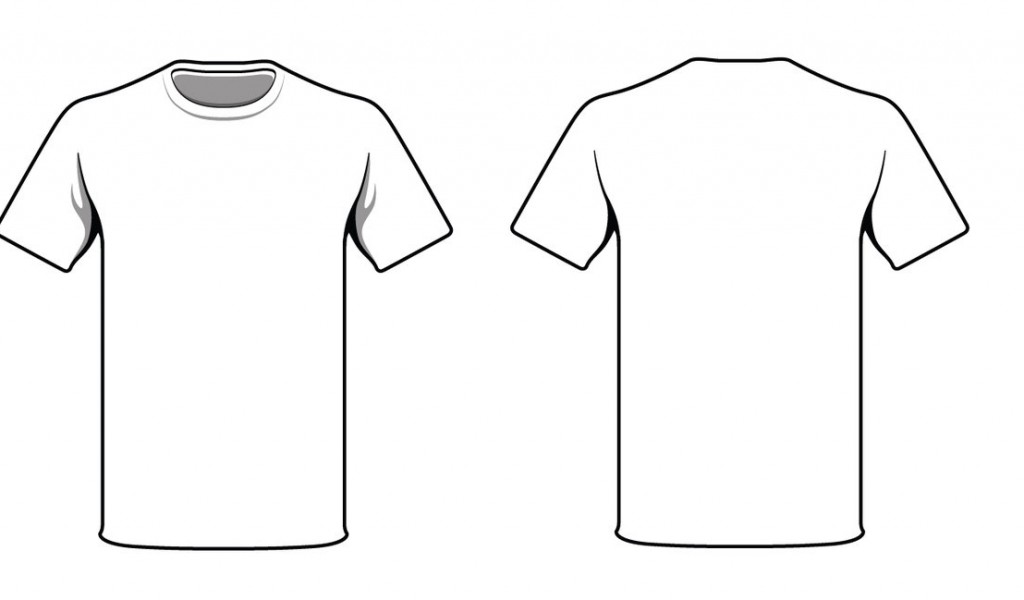

You can also go for a much larger one and add a picture mount to play around with the perspective. Get the size as close as possible for a nice, tight frame. When choosing a frame, the number one priority is that the frame is larger than the picture you want it to hold. Here’s a size guide, measured in centimetres: For example, A3 is two times larger than A4, and A4 is two times larger than A5, and so on. Every time the number decreases, the paper doubles in size. Paper is measured in metric ‘A sizes’, most commonly ranging from A9 (smallest) to A0 (largest). Understanding paper sizes is necessary when you want to frame your favourite print or photo. For example, a black picture frame goes very well on a bright wall, while a white or silver frame does a good job of making your picture pop on a darker surface. A tip is to use contrasting colours to accentuate and bring attention to your picture. Make sure to choose the colour and style of the frame based on where you want to use it. This can contribute as much to the décor as the picture it displays. Others are fixed in size but are more ornately designed to compensate. Some frames are more basic and are available in sizes from A6 (10.5 cm x 14.8 cm) all the way to A1 (59.4 cm x 84.1 cm).

IKEA sells an array of different frame styles, shapes and colours. Either way, a nice frame will help highlight, contrast or tie your pictures in with the rest of your interior design. Display some photographs of treasured memories from past adventures. Celebrate friends and family by adding their pictures to your wall. Frames offer a great way to make the people and places you love a natural part of your room. Use pictures and frames to integrate your life into your decor. Tips to improve the quality of your sleep this summer.Performing this technique requires a bit of going back and forth between the Dodge and Burn tools, alternately brightening and darkening to get the result you want but if you use Option/Alt rather than switching tools each time, you’ll find the process that much smoother.Storage & organisation Furniture Outdoor living Textiles Beds & mattresses Baby & children Kitchenware & tableware Lighting Kitchens Decoration Bathroom products Rugs, mats & flooring Smart home Plants & plant pots Laundry & cleaning Home electronics Summer Working from home Home improvement Food & beverages Shop by room Now, when you brush with the Option/Alt key held, you’ll be able to brighten those dark areas of the sweater, bringing back much of the detail that had been lost. Make the brush size larger, and change the Exposure to about 60%. Now you can brighten the tricky areas, such as around the eyes, to let a little more light into that region – and you can reduce the darkness in the forehead at the same time. You could now switch to the Dodge tool, but there’s a shortcut: holding Alt (Windows) or Option (Mac) allows you to access that tool temporarily. As you paint, you’ll see the image darkening. Paint over the over-bright areas of the image, such as the side of the hand and the forehead, which were previously blown out. The difference is that you’re now looking at the layer through the Adjustment Layer, rather than applying the effect directly this means you can modify the underlying layer while still seeing exactly the result you’re going to get.Ĭhoose the Burn tool, set to Midtones, and set it at a very low Exposure – about 10%. Go to Layer > New Adjustment Layer > Threshold, and you’ll see a very similar effect. So Cancel this operation, and start again. But while this makes the sweater more defined, it completely loses the detail in the face.

You can drag the Threshold slider to the left, which will brighten the image and turn a smaller range to pure black. The face is reasonably well converted to black and white, but all the information in the sweater has disappeared – and the side of the hand has vanished entirely. The conventional way of stylizing an image of this kind is to use Image > Adjustments > Threshold, which produces this effect by default. It should be a silhouette, so that the background remains pure white otherwise, you’re likely to get stray bits of scenery looking odd as they poke out of your subject’s head. You can use just about any image you like for this process. But this isn’t enough on its own as we’ll see here, by using an Adjustment Layer instead, we’re able to customize the end result so as to bring everything perfectly into view. The standard method of achieving this is to use the Threshold adjustment. It also has the advantage of unifying images drawn from a wide range of sources, so they all look as if they belong in the same publication. Turning images to black and white gives them a stark, urban feel that can look great in reports and magazines.


 0 kommentar(er)
0 kommentar(er)
